Institutions of Higher Learning and Education in Ancient India
Get Study Materials of General Studies for UPPSC ⇒ DOWNLOAD NOW
Ancient Institutions and Education in India: India was the top destination for the travellers from various regions having different climates and cultures. To them, India was a land of wonder. The fame of Indian culture, wealth, religions, philosophies, art, architecture, as well as its educational practices had spread far and wide. The education system of ancient times was regarded as a source for the knowledge, traditions and practices that guided and encouraged humanity.
Institutions and Education in Ancient India
The ancient system of education was the education of the Vedas, Brahmanas, Upanishads and Dharmasutras. You all are aware of the names of Aryabhata, Panini, Katyayana and Patanjali. Their writings and the medical treatises of Charaka and Sushruta were also some of the sources of learning. The distinction was also drawn between Shastras (learned disciplines) and Kavyas (imaginative and creative literature).
UNIT X – Higher Education
System (Click below on the topic to read the study
notes)
|
Sources of learning were drawn from various disciplines such as Itihas (history), Anviksiki (logic), Mimamsa (interpretation) Shilpashastra (architecture), Arthashastra (polity), Varta (agriculture, trade, commerce, animal husbandry) and Dhanurvidya (archery).
Physical education too was an important curricular area and pupils participated in krida (games, recreational activities), vyayamaprakara (exercises), dhanurvidya (archery) for acquiring martial skills, and yogasadhana (training the mind and body) among others. The Gurus and their pupils worked conscientiously together to become proficient in all aspects of learning.
In order to assess pupils’ learning, shastrartha (learned debates) were organised. Pupils at an advanced stage of learning guided younger pupils. There also existed the system of peer learning, like you have group/peer work.
Ancient Education System in India — A Way of Life
In ancient India, both formal and informal ways of education system existed. Indigenous education was imparted at home, in temples, pathshalas, tols, chatuspadis and gurukuls. There were people in homes, villages and temples who guided young children in imbibing pious ways of life.
Temples were also the centres of learning and took interest in the promotion of knowledge of our ancient system. Students went to viharas and universities for higher knowledge. Teaching was largely oral, and students remembered and meditated upon what was taught in the class.
Many monasteries/viharas were set up for monks and nuns to meditate, debate and discuss with the learned for their quest for knowledge during this period. Around these viharas, other educational centres of higher learning developed, which attracted students from China, Korea, Tibet, Burma, Ceylon, Java, Nepal and other distant countries.
Viharas and Universities
The Jataka tales, accounts given by Xuan Zang and I-Qing (Chinese scholars), as well as other sources tell us that kings and society took active interest in promoting education. As a result, many famous educational centres came into existence.
Among the most notable universities that evolved during this period were situated at Takshashila, Nalanda, Valabhi, Vikramshila, Odantapuri and Jagaddala. These universities developed in connection with the viharas. Those at Benaras, Navadeep and Kanchi developed in connection with temples and became centres of community life in the places where they were situated.
These institutions catered to the needs of advanced level students. Such students joined the centres of higher learning and developed their knowledge by mutual discussions and debates with renowned scholars. Not only this, but there was also occasional summoning by a king to a gathering in which the scholars of the country of various viharas and universities would meet, debate and exchange their views.
In this section, we will give you glimpses of two universities of the ancient period. These universities were considered among the best centres of learning in the world. These have been recently declared heritage sites by the United Nations Educational, Scientific and Cultural Organization (UNESCO).
Useful links
Social links
Useful links
Contact Us
Address: B 14-15, Udhyog Marg, Block B, Sector 1, Noida, Uttar Pradesh 201301
Alpha-I Commercial Belt, Block E, Alpha I, Greater Noida, Uttar Pradesh 201310



